MUD\WTR is a delicious, mushroom-based beverage powder marketed as a healthy alternative to regular coffee. The company behind the product claims it can deliver increased alertness, energy and focus, despite containing significantly less caffeine than coffee, thus reducing or eliminating the likelihood of negative side effects like jitters and sleep disruption.
I decided to try MUD\WTR for several weeks to see how it works as a coffee replacement.
Pros
- Gave me a gentle but lasting boost of energy without any jitters or crashes.
- Has a pleasant, earthy smell and taste.
- Paired with an MCT-oil creamer, it can be turned into something resembling a creamy latte.
Cons
- Despite the good taste, it doesn’t compare to the boldness of coffee.
- Has a slightly gritty texture, even when fully frothed.
- Some of the ingredients contain natural plant-based toxins.
Bottom line: If you currently drink your coffee with cream and/or sweeteners, and you want to reduce your caffeine intake, MUD\WTR is a viable option. If you enjoy the taste and smell of black coffee, you’ll likely be unsatisfied with MUD\WTR as a replacement.
In this review, I’ll tell you about my experience with MUD\WTR, dig into the ingredients list, and answer some of the common questions I’ve received about the product since originally publishing this review back in 2021.
MUD\WTR Review
I enjoy the taste and smell of coffee, and often make it a part of my morning routine. However, traditional coffee beans are usually contaminated with pesticides and other toxins that can negatively impact your health. (Similarly to peanuts, they’re prone to mold contamination.) As a result, I only consume organic coffee beans that have been tested for mold, heavy metals, pesticides and other toxins.
In comparison, MUD\WTR is a relatively clean product that contains only organic ingredients — primarily a blend of mushrooms, but also herbs, spices, teas, salts and a few other ingredients that vary depending on the flavor.
Taste and Texture

MUD\WTR has subtle notes of cocoa, cinnamon and nutmeg that I strongly associate with the colder months of the year. In other words, I found that when mixed with collagen powder (which adds a bit of creamy body) it tastes like a Christmas-inspired latte (without the overwhelming sweetness you might be used to).
If you’re used to drinking coffee with milk, creamer, sugar or other ingredients, you’ll be right at home with this product.
On the other hand, if you’re someone like me who truly appreciates the taste of black, unadulterated coffee — and you’re not drinking coffee for the caffeine — MUD\WTR might not be for you.
The taste profiles of the two beverages are completely different, to the extent that I would only call this a “coffee alternative” in the sense that like coffee, it has caffeine. In my opinion, that’s where the similarities end.
As far as the texture is concerned, MUD\WTR is earthy and gritty, as not all of the powder completely dissolves in the water. I didn’t mind this, but be aware that there will be a small amount of palpable grit, even when you use the frother that comes in the starter kit).
Flavors

Everything in this review refers to Cacao, the original flavor (and the only one I’ve tried). In the years since I originally published this review, MUD\WTR has added several flavors to its lineup, including:
- Matcha
- Turmeric
- Rooibos
Each of those flavors contains a different amount of caffeine per serving. For example, the Matcha flavor contains 55 mg of caffeine (20 mg more than the original Cacao flavor), while the Turmeric and Rooibos flavors are caffeine-free.
For comparison’s sake, a typical cup of coffee contains around 100 mg of caffeine. So depending on the flavor you choose, MUD\WTR has about 1/3 to 1/2 the caffeine.
It’s worth noting that throughout MUD\WTR’s marketing materials and website, you’ll find the claim that the product contains 1/7 of the caffeine of a typical cup of coffee. I’m not sure where that figure is derived from, but based on the numbers above, I would say that it’s incorrect.
(Potentially) Problematic Ingredients
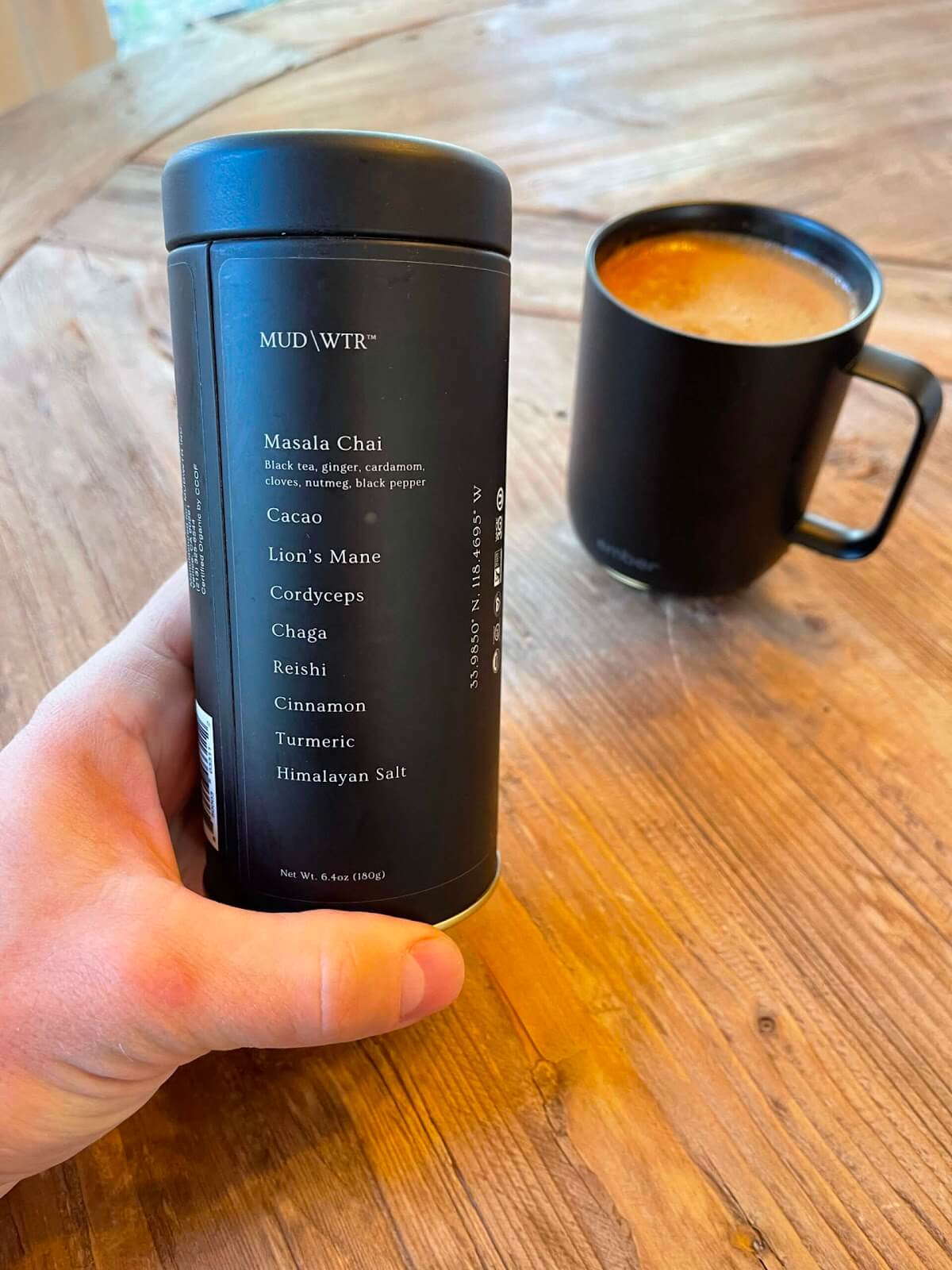
If you’re a vegetarian or a vegan, MUD\WTR might look like the healthiest product on the planet. If you follow a paleo or healthy keto framework, you might have reservations.
Without getting into a plants vs. meat argument, I’ll be up-front and tell you that I follow a predominantly animal-based diet. That means I consume a lot of animal meat and fat (including organ meat), paired with a limited amount of the least-toxic plant foods available, such as avocados, sweet fruits and certain (deseeded and peeled) veggies.
Unfortunately, few of MUD\WTR’s ingredients fall into that “least-toxic” category.
For example, the primary ingredient in MUD\WTR is masala chai, a black tea made with spices including organic ginger, organic cardamom, organic cloves, organic nutmeg and organic black pepper.
Black pepper is a natural source of piperine, a chemical that improves the absorption of other chemicals in the gastrointestinal tract. That’s a big problem if you consume black pepper together with foods that contain plant-based toxins, such as the phytoestrogens found in turmeric (curcumin) and cacao (catechins). MUD\WTR contains both turmeric and cacao.
Separately, some people have labeled MUD\WTR a “mushroom coffee.” I think that’s a fair description considering that a good portion of the powder — though not all of it — is made up of mushrooms.
Unfortunately, mushrooms are a double-edged sword, because while they are often hailed for their health benefits, they also contain certain types of carbohydrates (polysaccharides) that can trigger skin conditions (such as eczema) in some people.
Overall, I don’t think the ingredients in MUD\WTR are terrible, even when viewed through the lens of a carnivore diet. Plus, everyone reacts slightly differently to plant-based foods and toxins. I enjoyed a cup of MUD\WTR daily over the course of a few weeks, and did not notice any of the adverse side effects that sometimes occur when I consume plant-based foods, such as an upset stomach, GI issues, or changes in the appearance of my skin.
That said, I still prefer animal-based foods whenever possible.
Pricing
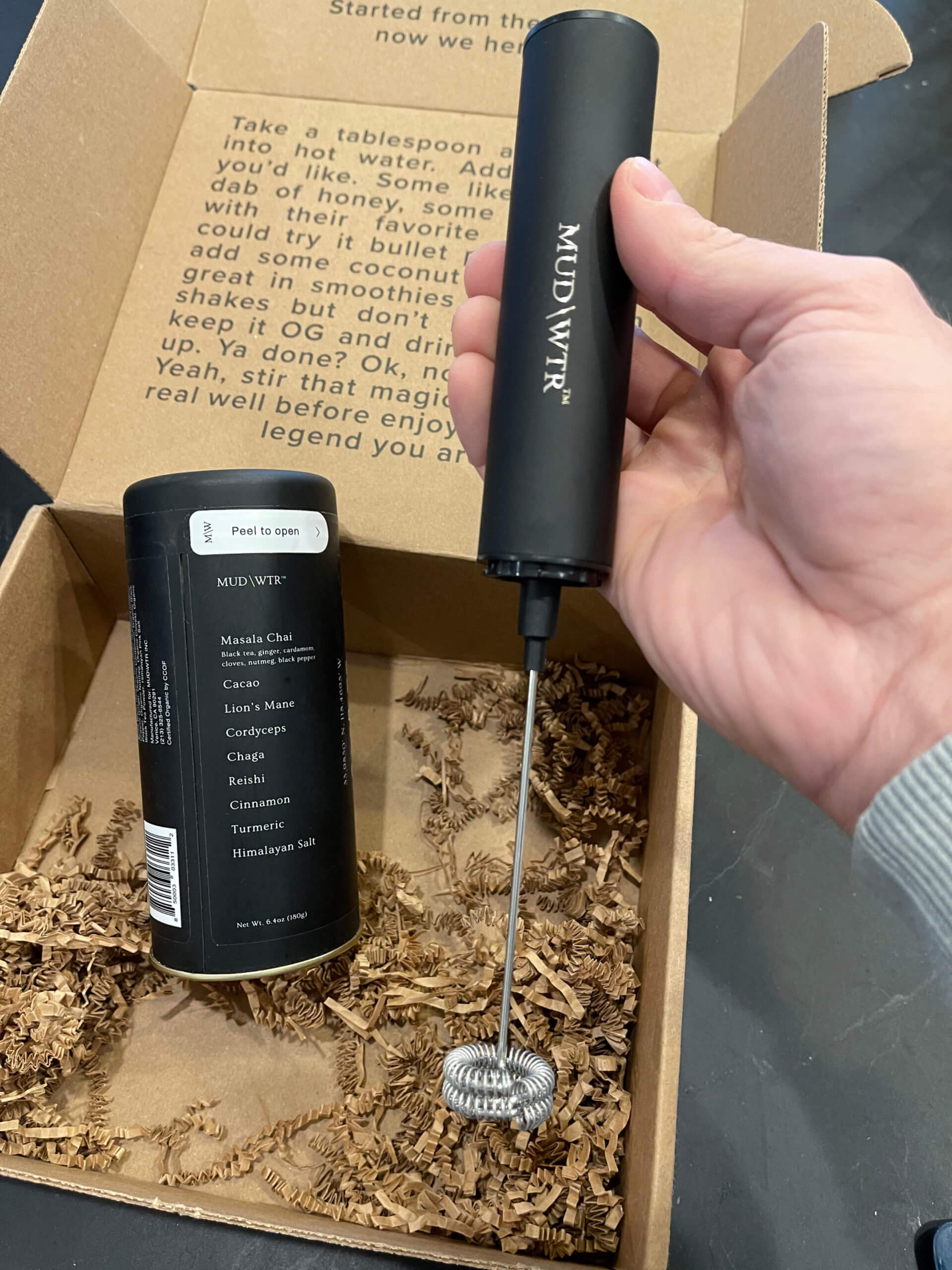
MUD\WTR is available in different serving sizes, but arguably the best way to get started is via the starter kit that includes a 30-serving tin, a USB rechargeable frother (for properly mixing the powder with water or milk, as it tends to clump without frothing), a free guidebook, a free sample of the company’s creamer, and some stickers.
A one-time purchase of the starter kit costs $40 plus shipping (down from $60 plus shipping when I first published this review), but if you sign up for recurring deliveries, you can get it for $29 with free shipping. Of course, you will only get the powder (MUD\WTR calls it the “mud”) auto-shipped every month after the initial purchase — not the accessories. The subsequent refills cost $40.
You can see additional pricing options in the table below. All these options assume a one-time purchase and do not include shipping fees. However, these options are all eligible for subscription, which reduces their price by 20% and includes free shipping. I’ve added the subscription pricing in parentheses.
| Product | Price |
|---|---|
| 30 Serving Mud Tin | $50 ($40) |
| 90 Serving Mud Bag | $125 ($100) |
| 15 Mud Sachet Box | $30 ($24) |
The company also offers an MCT oil/coconut-milk-based creamer. If you like the taste of silky smooth lattes, I recommend using this (or a similar) creamer when preparing your beverage.
Frequently Asked Questions
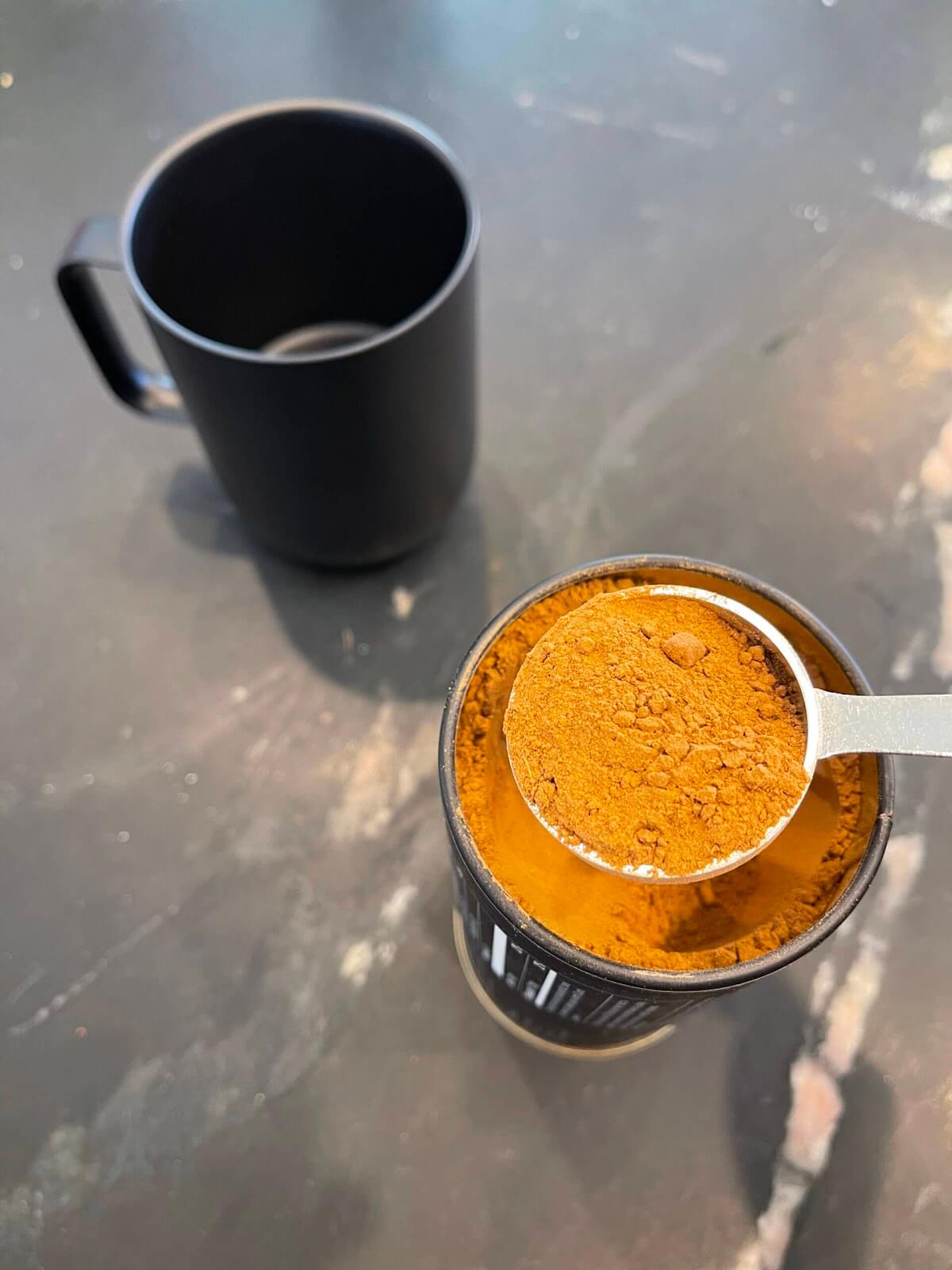
I haven’t noticed a significant impact on my blood sugar or ketone levels after drinking MUD\WTR, but everybody reacts slightly differently to foods.
For example, I heard from one of my followers on Instagram that drinking MUD\WTR kicked her out of ketosis.
I think that most people are unlikely to see an impact, even if they follow a ketogenic diet, because one serving of MUD\WTR has only three grams of net carbs.
MUD\WTR contains several ingredients, such as mushrooms, that are considered adaptogenic. That means these ingredients have been shown in some studies to influence how the body responds to stress, exercise and inflammation. As a result, it’s conceivable that some of the ingredients in MUD\WTR might positively influence the immune system.
Yes, but the powder will mix better with hot water. If using it for a cold beverage, I recommend stirring the mud into hot water first and then letting it cool down. Otherwise, it may be too gritty to drink.
That depends on your dietary preferences. The best non-caloric options are stevia and monk fruit. But I also like raw and unpasteurized honey, which I’ve been consuming a lot of lately.
The latter I only recommend if you’re metabolically healthy and you know that your body can efficiently switch back and forth between burning fat and carbs for fuel.
In other words, if you suffer from Type 2 diabetes or high fasting insulin levels, I recommend using honey with caution as it may further elevate your blood sugar levels.
I’m a huge fan of MCT oil powder, but I’ve also used grass-fed collagen and even flavored beef protein powder in the past.
If you can handle raw dairy, grass-fed cream or A2 milk are viable options, if you don’t mind the extra carbs. I’d stay away from milk alternatives, including almond milk and oat milk, even though I’ve recommended the former in the past.
Almonds, much like most other nuts and seeds, are a source of plant-based toxins, such as antinutrients that can negatively impact nutrient absorption and can trigger an (auto)immune response.
MUD\WTR Review: Final Verdict
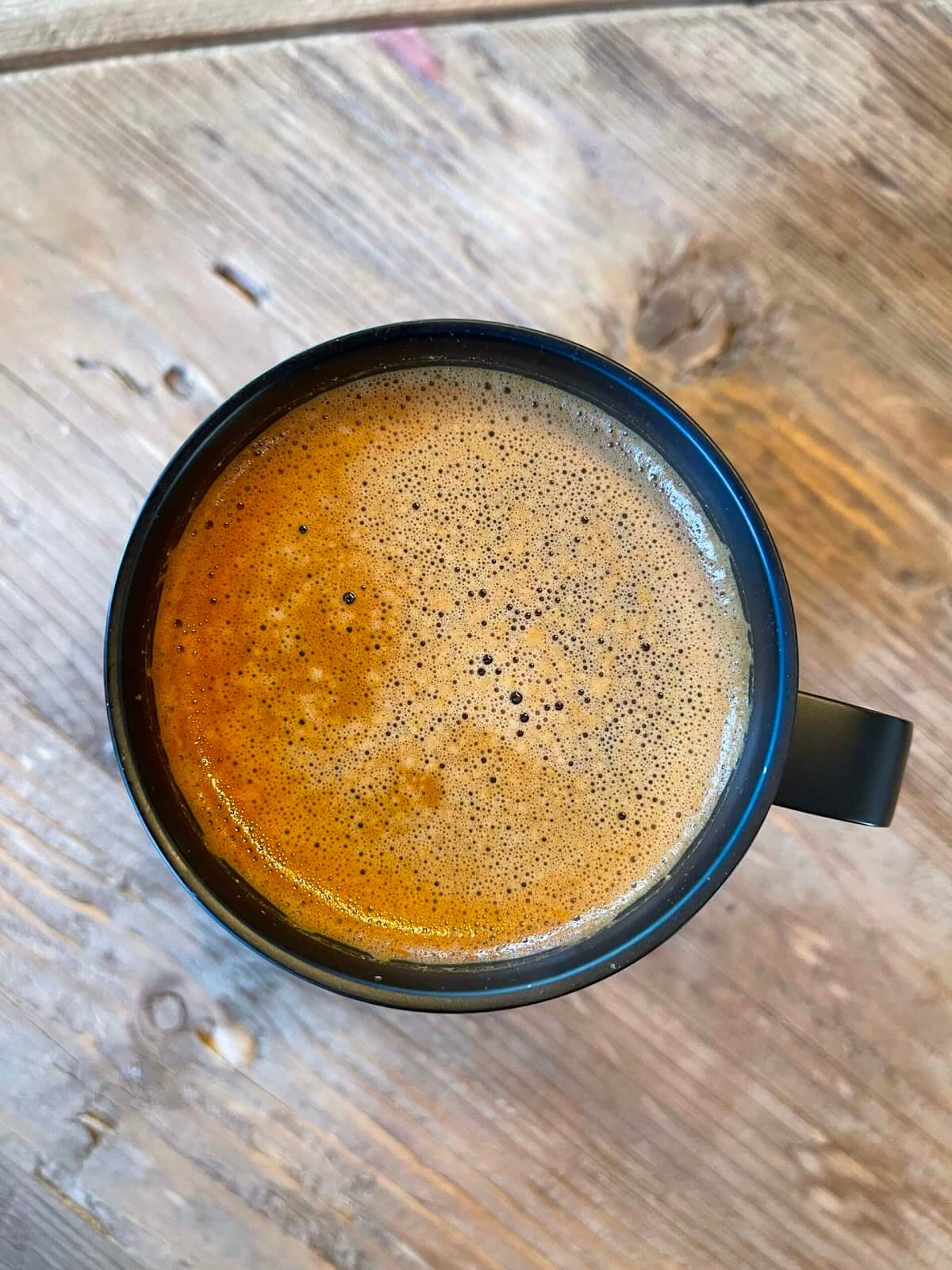
I consider MUD\WTR to be a reasonable coffee alternative for most people, and especially those who don’t drink their coffee black. If you’re a coffee aficionado and enjoy the bold flavor of espresso, you might still appreciate the taste and texture of MUD\WTR, but I doubt you’ll abandon your morning coffee for it.
I fall into the latter category. I like MUD\WTR and I can imagine having an occasional cup, especially during the colder months of the season. But as far as my daily routine is concerned, I’ll stick with my daily cup of black coffee, brewed in a Swiss espresso machine.

Michael Kummer is a healthy living enthusiast and CrossFit athlete whose goal is to help people achieve optimal health by bridging the gap between ancestral living and the demands of modern society.
Medical Disclaimer
The information shared on this blog is for educational purposes only, is not a substitute for the advice of medical doctors or registered dieticians (which we are not) and should not be used to prevent, diagnose, or treat any condition. Consult with a physician before starting a fitness regimen, adding supplements to your diet, or making other changes that may affect your medications, treatment plan or overall health. MichaelKummer.com and its owner MK Media Group, LLC are not liable for how you use and implement the information shared here, which is based on the opinions of the authors formed after engaging in personal use and research. We recommend products, services, or programs and are sometimes compensated for doing so as affiliates. Please read our Terms and Conditions for further information, including our privacy policy.
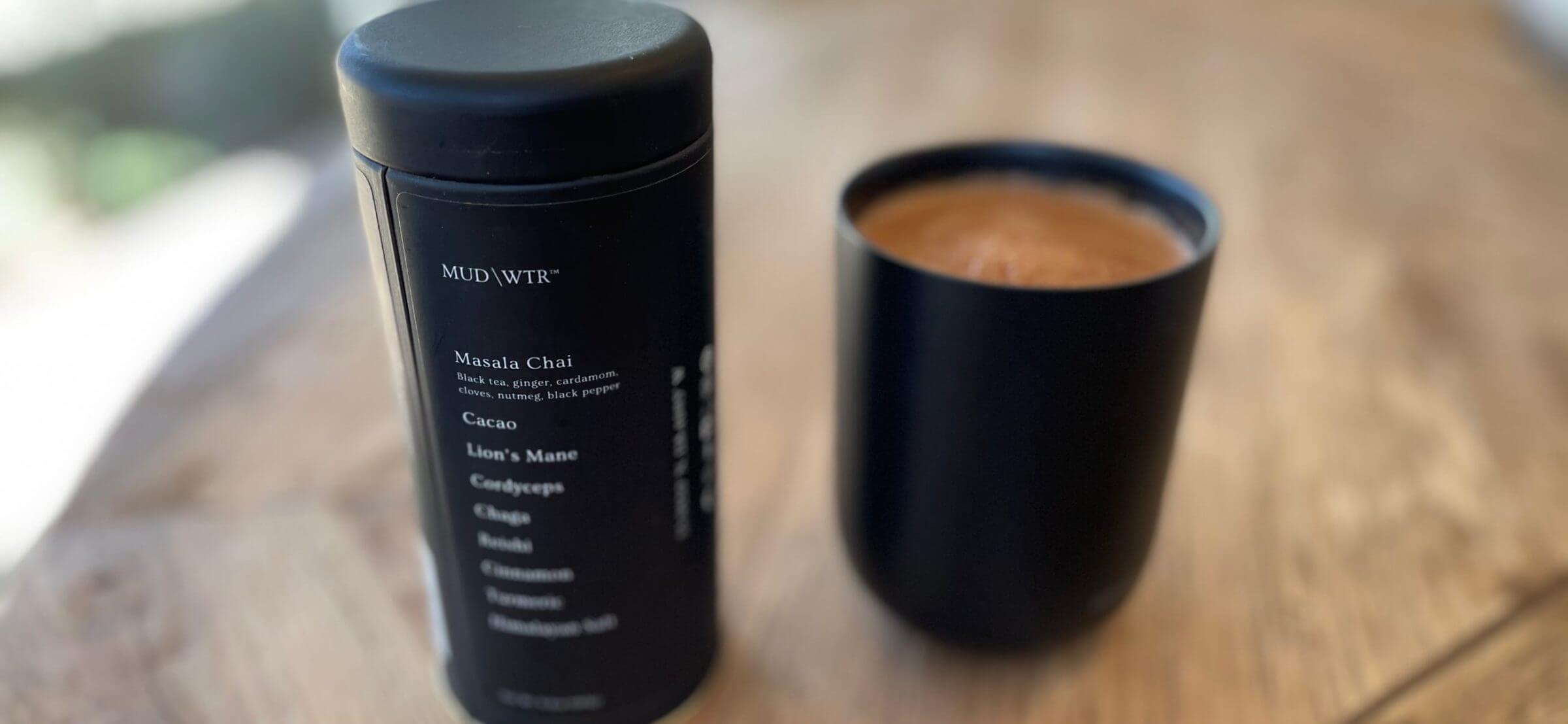

My husband adds 1/4 teaspoon of mudwtr to his coffee every morning for the health benefits, I’ve not seen any where that others are doing this??? We believe in mushroom health, I also take lions mane every day. What are your thoughts about adding it to your coffee in these small amounts?
Hey Victoria,
if he enjoys the taste of the resulting mixture, I don’t see anything wrong with it!
Cheers,
Michael
This is a comprehensive review about coffe vs. Mudwtr. I am someone that is currently looking to transition from Coffee to an alternative beverage. Could you talk about the led warning this product has under proposition 65? Is there a way for you to test the amount of led in mudwtr? Coffe doesn’t have a warning I think. Any thoughts on this would be helpful!
The issue with most plants is that they absorb heavy metals from the soil. So any plant-based powders are bound to have heavy metals in them. The Prop65 warning simply means that the product has more led than the state of California thinks is healthy. There aren’t many things I like about CA but their strict Prop65 warnings are a good thing imho and you shouldn’t ignore them. Ultimately, it depends on your overall exposure to heavy metals. If MUDWTR is the only exposure point, it’s probably not a big deal but it could be the one that pushes your exposure over the edge of what your body can handle.
Coffee is also a likely source of many toxins but doesn’t have a label much like fresh produce doesn’t. I’d recommend checking out Danger Coffee or Bulletproof is you decide to stick with regular coffee. See https://michaelkummer.com/go/dangercoffee or https://amzn.to/3pYUtzZ.
Yes led and they charge you to cancel. So bad
I’ve just started Mud Wtr and I feel it’s been helping immensely with inflammation. I suffer with severe osteoarthritis, in my lower back, feet and even had to undergo bilateral knee replacement surgery because of it. Basically always In constant pain. I’m guessing the turmeric in the Mud Wtr is helping with the inflammation but this product is definitely helping me tremendously.
Hi Christina!
Thanks for the feedback and I’m sorry to hear about your arthritis issues. Please keep in mind that masking inflammation (by using plant-based compounds or even NSAIDs) is likely counter-productive and it doesn’t fix the underlying root cause. Most chronic inflammation, including autoimmune disorders and arthritis, are either caused or influenced by dietary choices and other lifestyle factors. Specifically, vegetable oils and many plant foods contain pro-inflammatory compounds that drive many chronic issues.
I recommend checking out the following two articles for more on that:
I’m also in the final stages of writing an article about a brand-new photobiomodulation (laser-based light therapy) device that has been developed specifically to treat chronic joint issues, including osteoarthritis. Check back in a few days or subscribe to my newsletter to get notified when I publish the article.
the product is ok but the experience with this company is the worst! they charge you even when yocancel and you haven’t received product for months! !!
Nice review. I’ve been slowly swapping out coffee for mud wtr and would say the biggest difference for me is an increase in calmness – as in the ability to tolerate slow wait staff, road rage, etc. My girlfriend attributes the increase in patience to the mushrooms that are used in Asian medicine to relieve anxiety. I like Chai and cocoa so for me the taste is just fine especially when mixed with frothed oat milk.
Thanks Brian, I appreciate the feedback!
I really enjoyed your in-depth write up on this. As a coffee drinker I definitely would like to try something different it’s just a bummer that you can’t get like a few days sample instead of having to essentially commit to 40 to $60 worth.. thank you for this post though it is very informative.
You got it, Jesse!
Hi, Cynthia. I made sure when I ordered last month I didn’t select an automatic reorder. Guess what, I got an email stating in 3 days I’m getting sent another one. I read the email a day late because I’ve been sick.
I do not want to reorder yet and I’m upset this is now an issue. I like the product but I don’t drink it every day so I do not need it yet. Now I’m wondering how to cancel since I don’t see a customer service number.
I will absolutely not stay with a company I can’t trust . Can you please share how to cancel ?
Thank You.
Kathy Miller
Thanks for the review, very informative! I’m new to Mud WTR and have been enjoying it for the past couple weeks.
On a slightly different note, you mentioned the negative effects of almond milk. Is there a non dairy milk you recommend? I struggle with finding one that’s healthy and tastes good.
Thank you.
Thanks for the feedback!
I’d probably go with coconut milk/cream if it doesn’t have any artificial ingredients. What’s your concern with dairy? The lactose? If so, heavy cream has only residual amounts of lactose and you might be able to tolerate it.
Cheers,
Michael
Hi Michael,
I am NOT a coffee drinker. I never touch the stuff. However, I saw an ad for MUD/WTR and was intrigued. It looks a lot like hot chocolate.
I know taste is subjective, but do you think this would be a good purchase for someone like me, who does not need a coffee substitute, but just wants a nice cup of sweetness? I’m a little tired of hot tea.
Thanks!
Hi Steven,
I think it’s worth a try. It definitely has more “substance” than tea.
Cheers,
Michael
Thank you!
I will definitely give it a try. It does intrigue me!
Hello,
Great review; I’ve been drinking Mud WTR for about a month now and love it. I’ve been off coffee for years now but missed it. So I tried this, and your right; it’s not as strong as black coffee. But I had noticed more of the good things about Mud WTR in my life than when I was drinking coffee. Better focus, calmer. I’m a combat vet that suffers from PTSD. I told my Dr. at the VA about it, and he reviewed the ingredients. He told me that it would be an excellent choice to keep it up. As an “omnivore,” I have not noticed anything good or bad with the toxins you mentioned in this review. I got the starter set and put the “F your coffee” on my wife’s coffee maker for good fun. I like the branding Ideas that they have put into their products. I did not see in this review the Mud bot and the customer service; I changed my order from monthly to every 90 days frequency. The bot had issues, but the people at Mud WTR quickly changed it without a problem. I take my Mud with honey and vanilla creamer.
Overall I just wanted to say thanks for doing the review and am going to share it.
Tyler
Thanks Tyler, I appreciate your feedback and your service!
Excellent review, thank you!
You got it!
Hello,
Thanks for the review. Do you have any other coffee alternatives (besides tea) and Mud Wtr? I’ve tried chicory and bran based coffee alternatives, but they aren’t FODMAP friendly.
Thanks.
Barry
Hey Barry,
I’ve tried Golden Ratio and liked it a lot. It’s (technically) still coffee but their roasting method significantly reduced its caffeine content, giving it some of the same benefits as classic coffee alternatives.
Cheers,
Michael